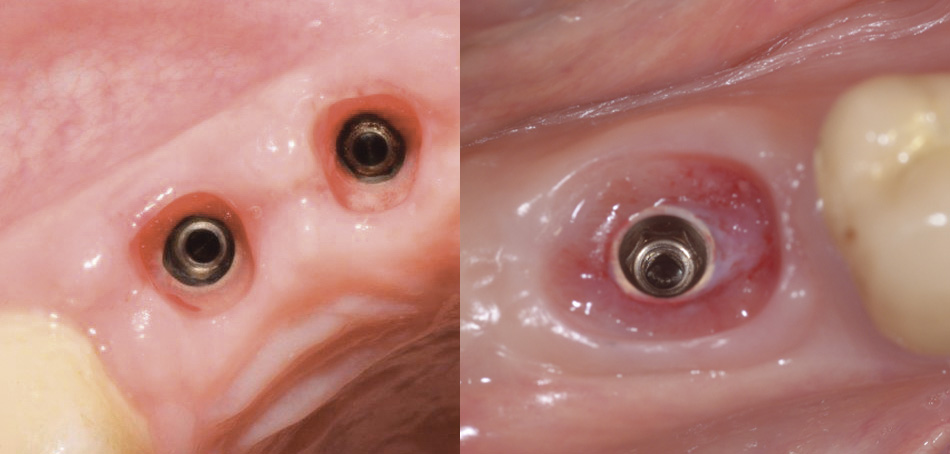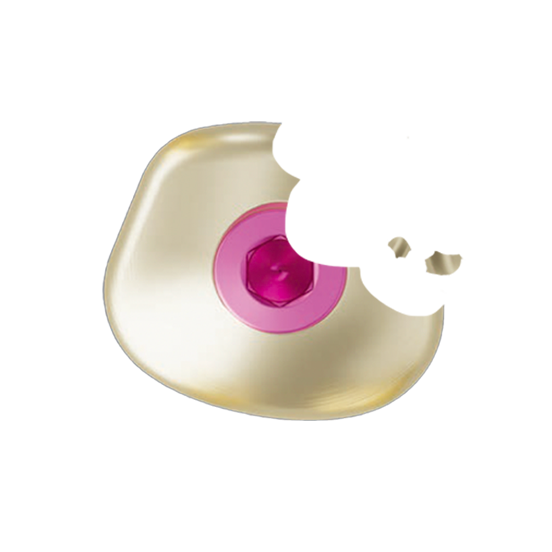Garantizar una buena integración biológica
Testimonial: the assurance of good biological integration
I've been using this new healing screw concept since 2016, when the practice began its digital transformation. I appreciate its simplicity: the principle is to produce the prosthesis without any dismantling, except on the day of insertion. This is an advantage for the quality of the prostheses: registration and prosthetic procedure are much less practitioner- and technician-dependent. The adaptation of the various parts to each other and to dental and tissue structures is remarkable.
It's a three-in-one tool. It enables anatomical healing of peri-implant tissues by selecting the most appropriate shape to recreate the prosthetic emergence in line with the tooth to be reconstructed. It is also a formidably simple and precise tool for taking impressions: either by optical impression in the chair, in which case it acts as a scanbody, or by physical impression, which is subsequently digitized in the prosthetic laboratory. It's not necessary for the clinician to be equipped with an intraoral CT scan! But it is often a further incentive to invest…
In fact, the impression session, which is often resented by patients, has been greatly simplified. Users are unanimous: the duration of this session is divided by three, and it takes a considerable amount of stress off both practitioner and patient! It also facilitates exchanges between surgeons and their correspondents, increasing their complicity. Last but not least, it can also be used to support a provisional prosthesis by means of a breakaway abutment system in white Peek that clips into its screw well (a short screw, supplied with the provisional abutment, then replaces the original screw to enable indexed engagement of this retentive element). The transitional prosthesis can then simply be produced using the isomolding technique commonly used in conventional prosthetics, or can be reconstructed using CAD/CAM.
Traditional techniques (paste/transfer or digital scanbody) require six unscrewings and screwings. This concept requires only one unscrewing and screwing. This reduction in tissue aggression not only guarantees peri-implant tissue stability, but also reduces the risk of contamination, since less handling of parts also contributes to this stability.

The advantages in my practice are numerous. For the dental technician, patients are pleasantly surprised by the absence of manipulation and impression paste. Prostheses are produced with perfect homotheticity to the peri-implant tissues, so there's no pain when the prosthesis is inserted. The practice's image is enhanced by its "digital" ambience. And last but not least, cost control, since only one part is required.
For the implantologist, it ensures good biological integration, thereby reducing the prevalence of peri-implantitis. The ease of insertion and excellent adaptation of the prostheses greatly increase the loyalty of corresponding colleagues. However, for the surgeon, a longer collar could avoid interference with a marked bone relief during iPhysio® insertion. Finally, the development of this concept with prosthesis laboratories is helping to achieve excellence (stratified ceramics).
Source: Dentoscope number 205

Deja una respuesta